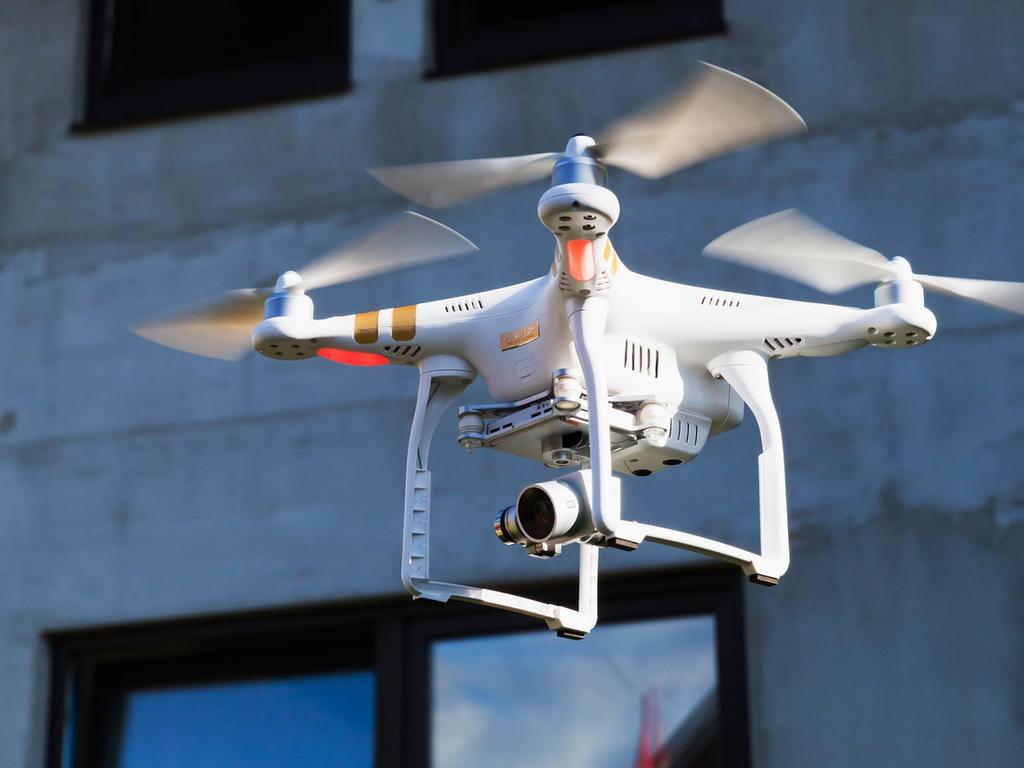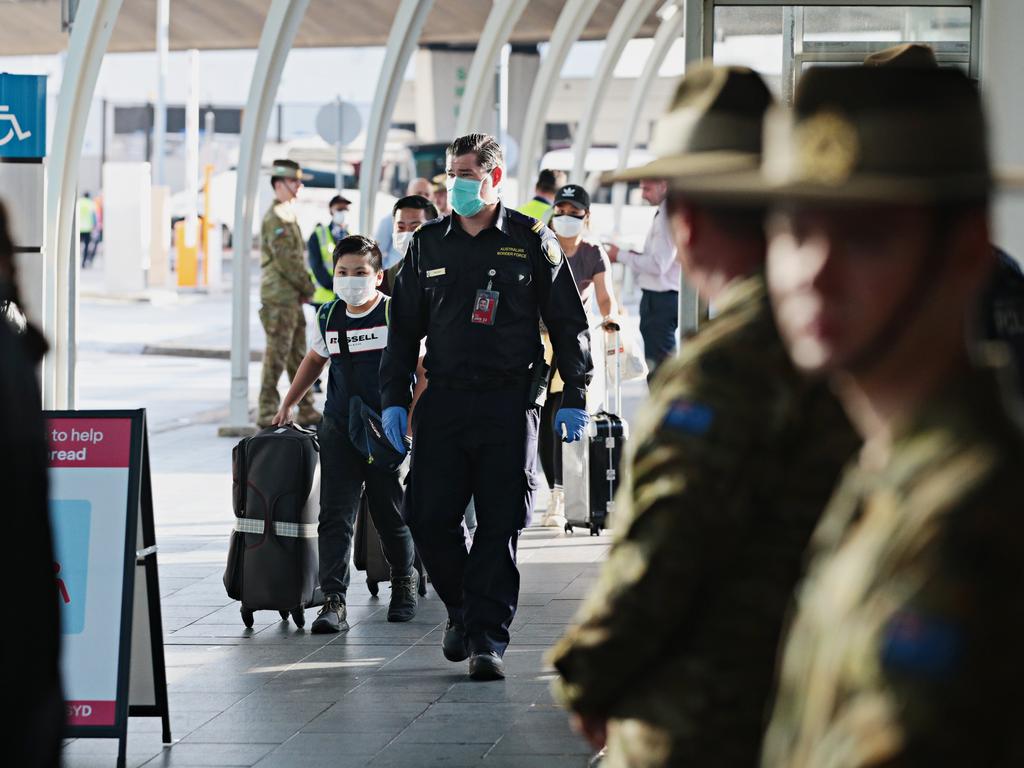Coronavirus: Public sick of journalists grandstanding in COVID-19 coverage


Easier than researching complex medical literature they stick with the old conflict model of reporting: find a doctor who disagrees with the government and report the “he said, she said” conflicts of opinion. Yet Health Minister Greg Hunt has given journalists who take time to listen hints he believes Australia is doing better than many countries.
Readers not sure what I mean by journalists “taking time to listen” should go to the Sky News and ABC websites and listen to two interviews with Hunt from last Wednesday. Fran Kelly on Radio National spent the first third of her confrontational interview demanding to know why Hunt’s expert advisers disagreed with a group of 22 health professionals who wanted a total lockdown. That night Chris Kenny showed how to get the best out of Hunt and his viewers were better informed for it. RN is meant to be the ABC’s serious current affairs offering; not a shock-jock station. Interestingly, Kelly gave Labor health spokesman Chris Bowen a much easier run the following morning to criticise Hunt for not clamping down hard enough to slow the virus, the preferred ABC position.
Back to Italian comparisons. A study from the Centre for Evidence-Based Medicine at Oxford University, updated on March 26, shows Australia’s case fatality rate (CFR) is at the low end internationally. With 13 deaths by last Friday morning from a total of almost 3000 cases Australia had a case fatality rate of 0.44 per cent. The CFR in Italy on March 26 was 10.09 per cent, in Iran 7.60 and in Spain 7.38. Case fatality rates are skewed upwards since the testing bias is towards those who are prime candidates for infection. The CEBM study says the CFR was higher in China earlier in the virus but three months on has now reduced to 0.7 per cent.
The study, like others in the past fortnight, gets interesting when discussing reasons for Italy’s high CFR: “The age structure of the Italian population (second-oldest population in the world); highest rates of antibiotic-resistance deaths in Europe, which might contribute to increased pneumonia deaths … with nearly one-third of the (antibiotic-resistance) deaths in the EU.” Smoking was a high risk factor given 28 per cent of Italian men smoke.
Most important of all was the high rate of “comorbidities” among victims. Professor Walter Ricciardi, scientific adviser to Italy’s Health Minister, says, “On re-evaluation … only 12 per cent of death certificates have shown direct causality from coronavirus, while 88 per cent of patients who died had at least one pre-morbidity — many had two or three.” Recording deaths WITH coronavirus rather than FROM coronavirus inflated the case fatality rate.
In a separate study, the Italian National Institute of Health, analysing 355 deaths, on March 17 said only three (0.8 per cent) had no prior medical conditions, while 49 per cent had three or more, 26 per cent two and 25 per cent one.
High blood pressure was a factor in 76 per cent of deaths, diabetes in 36 per cent and heart disease in 33 per cent.
Dr Giorgio Palu, professor of virology at the University of Padua, says politics played a huge part in the early spread of the virus in northern Italy. He told CNN, “There was a proposal to isolate people coming from the epicentre, coming from China. Then that became seen as racist ...”
In early February, in response to such concerns, the mayor of Florence Dario Nardella launched a “hug a Chinese” campaign to fight this supposed racism. Unsurprisingly, the campaign received huge media support in Chinese state media.
None of this is to suggest Australia does not face its most serious health crisis since the Spanish flu 100 years ago, but it does suggest media claims we are directly following Italy may prove misleading. Journalists should not sugar-coat their reporting and undoubtedly many Australians will die in this pandemic as our hospital intensive care units face unprecedented pressure. Yet nor should journalists run with overblown international comparisons.
By Friday it was clear social distancing was starting to work in our capital cities and the percentage rise in daily infections was in the mid-teens rather than the mid-20s. The Australian Financial Review that morning even reported Italy had contained infection rate rises to single digits three days in a row.
This column last week called for journalists to show some humility. The leader of Fran Kelly’s preferred group of 22 medical dissenters, Shitij Kapur, also made the humility point. Dean of medicine at Melbourne University, Professor Kapur, told the Channel 9 newspapers: “We all have to humbly recognise that we don’t know the perfect answer and people who have to reduce all the advice into actionable decisions have a very tough task to do.”
Indeed they do. Government has to run the nation, devise its economic response to the biggest jobs shutdown since the Great Depression, try to maintain order in the health system and implement policies to slow the spread of the virus without permanently damaging entire sectors of business.
Many journalists on the public payroll see no problem with a complete lockdown, which we may end up with but which was not the government’s first choice. For many working, two-income couples — not just health workers — a total schools shutdown would devastate family finances as one parent was forced to stay home.
Writing here on March 7 Paul Kelly said: “The coronavirus outbreak will become a decisive test of how much our public culture has been … poisoned. On display … how much disrespect, distrust, hostility towards authority and the culture of individualistic self-interest have damaged Australia’s capacity to respond … (to an) emergency.”
It is proving just such a test for many of the media’s big egos, who sneer at people flouting social-distancing rules on Bondi Beach, but seem themselves incapable of thinking about the national good.
Editors and news directors need to think about a different kind of reporting, less based on political conflict. Andrew Bolt did something last week that more journalists seemed by week’s end to be trying.
He interviewed Professor Douglas Hilton, director of Melbourne’s Walter and Eliza Hall Institute, but was not looking for a critique of policy on COVID-19. Bolt’s piece gave viewers an insight into trials of an antimalarial drug, hydroxychloroquine, that shows promise in the treatment and possible prevention of COVID-19 infection. Much is being done in such trials, as Jamie Walker first pointed out in The Weekend Australian on March 14.
This pandemic will be full of horror, but in its midst there will be stories of heroism in our medical and wider communities that need to be told.







Catastrophist journalists, some at the ABC, seem unable to pick up positive government signals about Australian COVID-19 infection rates. Australia’s situation is not analogous to Italy’s.